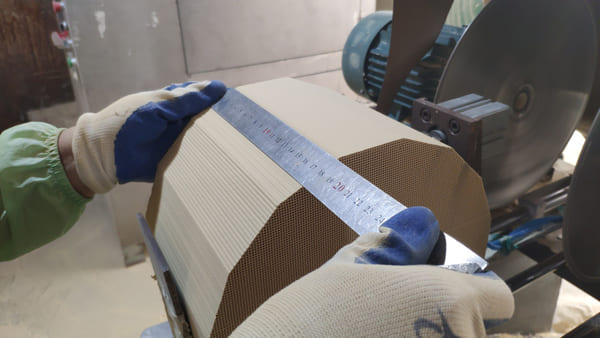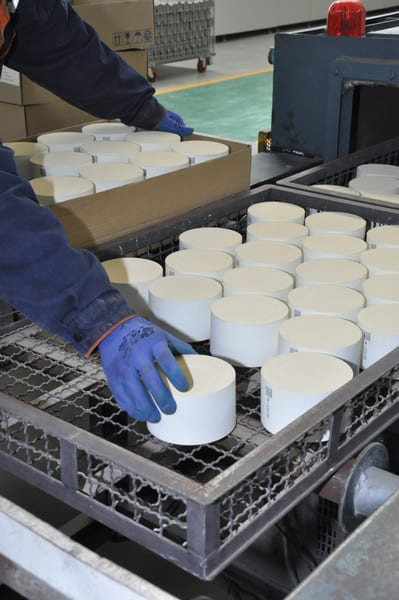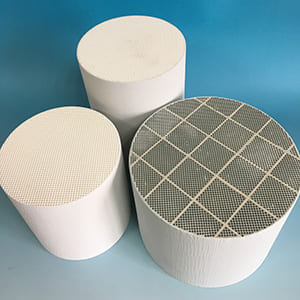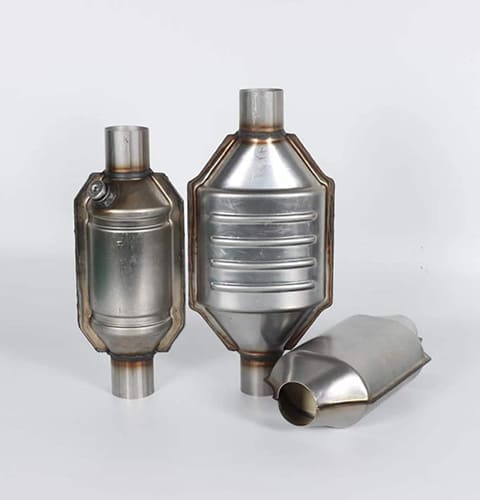In the ever-evolving automotive landscape, one unsung hero is the ceramic honeycomb. It’s discreetly tucked away, yet it bears the weight of stringent emission controls and optimal engine performance. But what makes automotive honeycomb ceramics so crucial, and what are its defining material parameters?
Automotive honeycomb ceramics are not just another component in your vehicle. Their unique material specifications play a pivotal role in ensuring that cars run efficiently and meet environmental standards. Dive deep, and you’ll find that these ceramics are an intricate blend of science, engineering, and foresight.
For stakeholders in the B2B automotive supply chain, understanding these properties isn’t a luxury – it’s essential. It sets the tone for quality, performance, and long-term durability.

What Defines the Material Integrity of Automotive Honeycomb Ceramics?
Porosity: Automotive ceramic honeycombs need to maintain a fine balance in porosity. Too porous, and the strength is compromised; too dense, and it could hamper its function. The ideal porosity ensures that the ceramics can filter exhaust gases efficiently.
Thermal Stability: Cars run hot. Hence, the ceramic honeycomb needs to withstand extreme temperatures without degrading. High thermal stability ensures that the ceramic doesn’t crack or break under intense heat.
Mechanical Strength: Given the wear and tear in vehicles, the mechanical strength of the ceramic honeycomb is crucial. It needs to be robust enough to endure the physical stresses during vehicle operation.
Chemical Resistance: Automotive exhaust gases are a cocktail of chemicals. The ceramic honeycomb’s ability to resist chemical degradation ensures its longevity and consistent performance.

How Do These Properties Impact the Performance of Automotive Honeycomb Ceramics?
The interplay of these material specifications directly influences the honeycomb’s efficiency. For instance, a ceramic honeycomb with the right porosity levels ensures optimal exhaust filtration, reducing pollutants. Likewise, ceramics with excellent thermal stability can endure long drives without any performance dip.
How Can B2B Stakeholders Ensure Quality in These Specifications?
Quality assurance is vital. Engaging with suppliers who adhere to industry benchmarks, like those set by ASTM, ensures high-grade ceramic honeycombs. Regular testing and material analysis can further validate the material specifications. In this way, the performance of the catalytic converter can be improved from the source.

Conclusion
The intricacies of automotive honeycomb ceramics go beyond their honeycombed appearance. Their material parameters are a testament to engineering precision aimed at environmental sustainability and optimal vehicle performance. For B2B stakeholders, delving deep into these specifications is the key to a successful and enduring partnership in the automotive supply chain.


